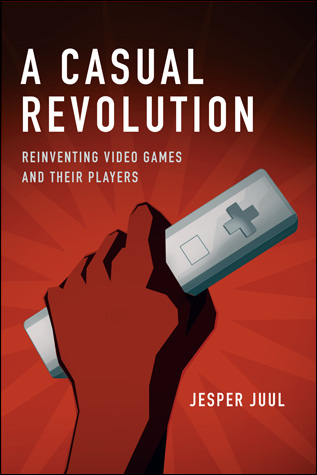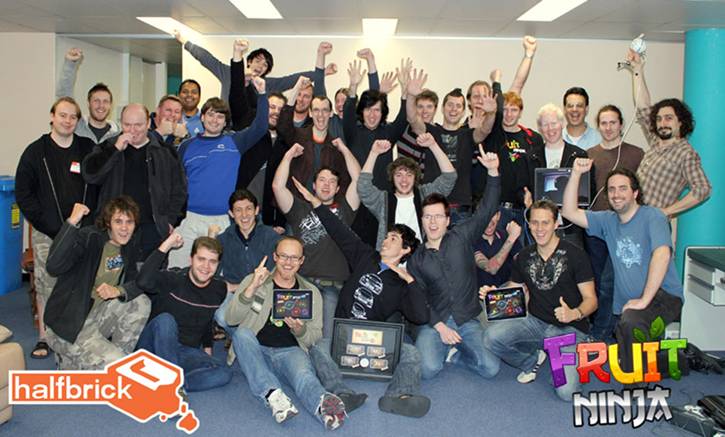DiGRA is basically the epicentre of academic games studies research. I’d never attended a DiGRA conference before, so the August 26-29 in Atlanta was my introduction to the whole community. Or at least it was the first time where I felt I BELONGED to such a community.
There are a few trends worth noting right off the bat.
- Game Studies seems to unite around debates – so things like the ‘magic circle’, narratology vs ludology, or procedurality and rhetoric – float to the surface again and again like dead fish in an algae bloom.
- For the sociologists among you, Erving Goffman is back. Well, really he’s been unearthed by Sebastian Deterding and Bart Simon. But this is a fruitful reanimation in terms of encouraging us to move beyond the old debates in the previous point, and think about what makes play and games different from other social interactions.
- This is the first time I’ve ever heard the word “reality game”. I was so frightened by it, I have decided to ignore it entirely.
- There is the conference, and there is the metaconference happening in the twitter-verse. I was surprised by how many people outside of Atlanta were following #digra and the play-by-plays of conference talks. At this point, I decided I couldn’t avoid twitter anymore and started an account (@jen_whitson). (Well, actually, I had an alt account that only received UFC updates. But I prefer to not speak about that.) Anywho…it’s worth thinking more about how Twitter becomes part of our professional identity.
- There are a number of scholars who study game studios and the work of game devs. They are pretty much my kindred spirits intellectually, so I figured it would worthwhile so summarize their papers in the rest of that post. The papers will be online soon, but if you want to check out a copy now, let me know. Here’s my summary. But as a quick note, Casey O’Donnell and Olli Sotama both do this sort of research, but their DiGRA papers were on different topics. So I’m ignoring them for the moment.
Rethinking “Casual game” definitions by looking at dev’s design practices

While the casual game market is expanding, there is no argreement on just what a casual game is and casual game design practices remain under-explored. To address this, Laureline Chiapello interviewed eight developers in the Montreal area about their design practices. In direct contrast to previous studies that advocate a radical shift in casual game design values (e.g. co-operative rather than competitive, “positive” fictions rather than negative, etc), Laureline found that traditional concepts such as challenge are as important than ever, and that the literature so far on casual games is deceptive – not capturing the reality or intentions of game developers’ work. For example, casual games are just as challenging, but the challenge is tightly linked to competence, as casual players -unlike hardcore players- have a lower tolerance for boredom or extreme difficulty. Thus tutorials and hints take a larger role in the design and the gameplay loop is much tighter. Laureline also has an interesting take on progression via increasing difficulty, versus progression via fostering variation in the gameplay modes. It’s definitely worth checking out.
The Halfbrick Story: Inside the studio that made Fruit Ninja and Jetpack Joyride

John Banks, Stuart Cunningham and Darryl Woodford presented some early findings from Halfbrick, currently the most successful Australian game studio. While we have to wait for the book to come out to get the full scoop, they had very interesting things to say about how the company (which incorporated around 2001) survived the decline of the economy, and made the transition from doing for-hire work on handheld games to creating their own IP for mobile games. Part of their success might lie in the workplace culture of “flip-flops and cargo shorts”, which values budget and design-decision transparency and makes space for creative autonomy. For example, Halfbrick Fridays work much like Double Fine’s “amnesia fortnights” in creating space for all employees to try out new concepts. (This idea of the game jam as a mystical cure-all is something we here at TAG are planning on investigating more. So stay tuned…). However, the lack of diversity in devs in terms of gender, age, and culture, mean that all is not paradise in Halfbrick-land. Part of the research team’s next step is to interview devs from imploded studios to discover whether there’s something special about Halfbrick or whether they were just in the right place at the right time, and whether Halfbrick’s success is both sustainable and replicable.
Women in the Game Industry

Sonja Ganguin and Anna Hoblitz interviewed 15 women in the German games industry to learn more about work/life balance, career progression, and gender differences in their daily work routine. Their talk was packed with interesting data, but I think the most revealing findings came out during the question period. As a condition of access, the interviews were not anonymous. Given that the interviewees would all be publicly named, this led to some self-censorship and tension – women wanted to critique the system, but had a fine line to walk if they wanted to keep their jobs. On this note, 6 of the 15 women they interviewed are no longer in the industry. Finally, what was most surprising to me was the fact that no lady programmers or artists or animators were spoken to. Other than 1 designer, the 14 interviewees all had positions in HR, production, marketing, etc. I was left wondering whether the game industry in Germany is so ghettoized in terms of gender that no women are front-line creators? Or maybe this goes to show how much more work we as researchers need to do in this area.
Ethnography as a Method to Understand Game Production
Finally, I missed Gabrielle Garner’s talk about her ethnography of game developers, but I think her paper is worth mentioning. It isn’t really about game development but more about her own process of learning about game dev and the shared culture of developers. She argues that ethnographers who don’t have design or programming backgrounds can gain access to research sites by apprenticing – Garner spent two years studying how educational mini-games are made. She reflects quite a bit on the role of the researcher, the delicate balance she struck between “objective” observation and subjective participation, how transparent she made her observational work to those she was studying, and the desire to be a “non-threatening” researcher. Eventually, she learned to accept her role as “one of us” and someone who had a valuable perspective to share, rather than constantly fighting to keep her distance and thus reduce her influence on the production process. Interestingly, she felt that the securitized surrounding of the game company put everyone on edge, emphasized corporate privacy, and may have restricted more open conversations. Another focus of her work was the role of enthusiasm for a project in holding a team together, and contributing to long-term positions on development teams. Thus, working to increase trust, sense of purpose, and positive working environment, all increased enthusiasm and the long-term survival of a team.
I’m not going to talk about my own paper on Voodoo Software and intern developers because I’m pretty sure I’ll hunt you all down at one point or another and give you the talk in-person. So to conclude my overview: Some things are happening in game developer research, but not enough. And not really at the quality I’d hope for. To this extent, I was happy to hear that Casey O’Donnell and John Banks will soon be putting together a book on “studio studies”. They’re hoping to collect the work of those researchers, like myself, who write about the world inside studio walls. So if you’re interested in this, drop them a line. Following this, I think DiGRA is an important place to be as a games researcher as you can get the dirt on research that’s years away from publication.
